-
Visit the French village of Vouvant: along cobbled streets and hiking trails
Explore the rich history and artistic allure of this medieval hideaway, nestled in the heart of the Vendée
-
Visit Grasse: the picturesque fragrance capital of France
Historian Dr Julia Faiers shares the surprising history of this perfumed Unesco town in Alpes-Maritimes, attracting the likes of Queen Victoria and Coco Chanel
-
Six quirky things to do in Strasbourg
Admire pastel-coloured timbered houses, visit a voodoo museum or take a bath... in beer
Find Paris’s secret village hidden in the bustling Marais district
Wander around independent shops and tranquil courtyards in the maze-like Village Saint-Paul

Saint-Paul is a ‘village’ unknown to most Parisians.
It is ensconced within rue Saint-Paul, rue Charlemagne, rue des Jardins de Saint-Paul, and rue de l’Avé Maria in Le Marais, Paris’ fourth arrondissement, signposted by billboards placed near the ten-entrance vaults.
Read more: Leave mairies alone: their role is fundamental to democracy in France
These lead to an inner maze-like greenery backdrop of six interconnected courtyards, where several shops occupy buildings in the oldest area of Paris.
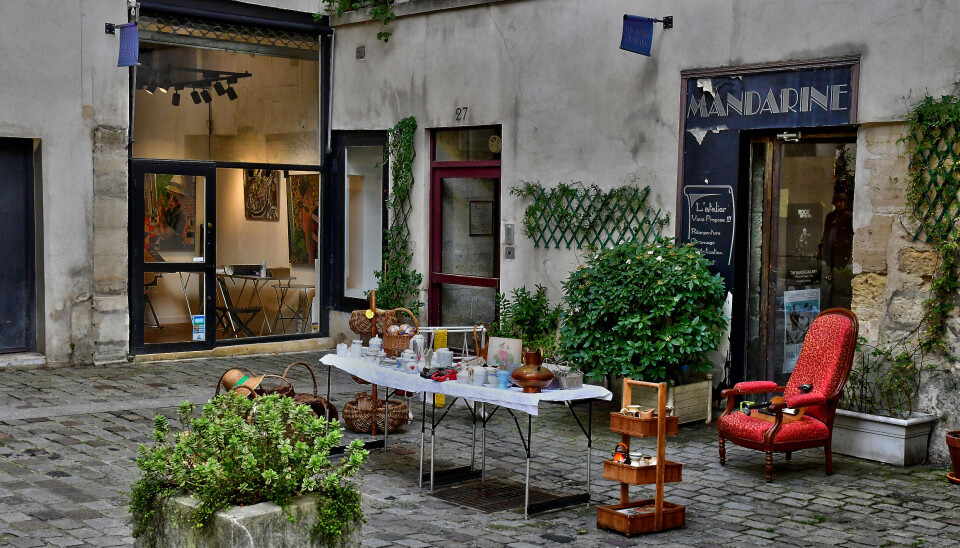
Trees and cobblestone streets
Having passed through the vaults, it is hard to believe you are at the centre of one of the busiest cities in the world.
“It really feels like you are in a village. Everyone knows each other here,” said Alexandre Schrepfer, director of the architecture company Alexandre Schrepfer Architectes, who has rented a space here since 2006.
Paris mairie finished another overall renovation of the area in September 2021, which created more space for trees and flowers to flourish around cobblestone streets, after the first conducted by architect Félix Gatier from 1970 to 1981.
Read more: Australian in Paris walks every street to see variety of his district
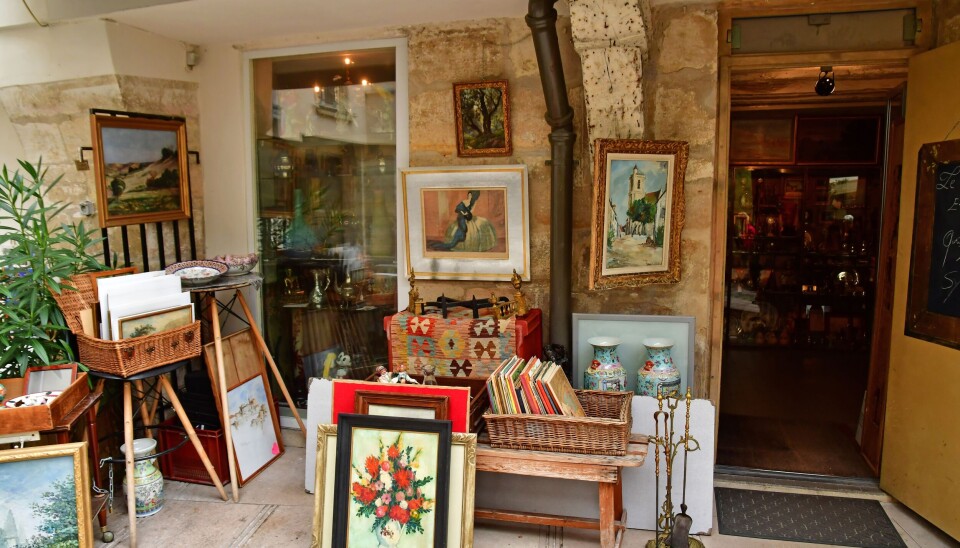
Saved from destruction in 1962
Village Saint-Paul is located in the former gardens of King Charles V, who reigned France from 1338 to 1380, and who ordered the construction of the Wall of Philip II Augustus, where farmers once used its excellent soil to grow fruit and vegetables.
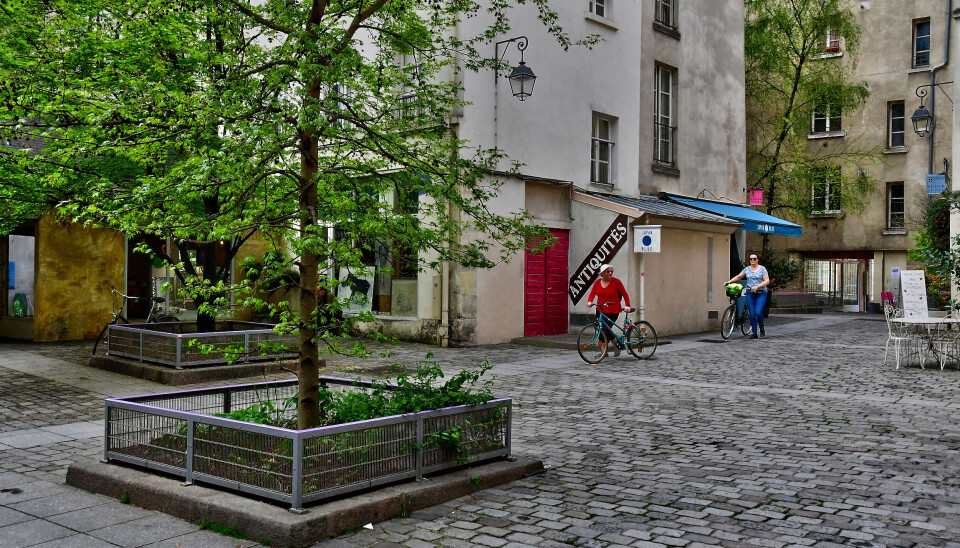
The village was saved from destruction in 1962 by writer and Education minister André Malraux, who drafted a law that sought to preserve the îlot 16, as one part of 17 districts of Paris declared insalubrious after WWI.
It then comprised more than 50 run-down buildings of 28 square metres on average, with half of them having no running water in 1971.
Read more: Architecture of France: fake Paris façades cover up pollution secret
“On most of these quays [...] there are no outstanding monuments. This is privileged scenery that Paris has offered the world to see, and that we wish to protect with an equal consideration to its monuments,” Malraux said in a speech at the Assemblée Nationale on July 24, 1962, and which is now displayed in carved letters at the village.
Few people chance upon the businesses
Craft workshops, photography galleries, antique shops and restaurants compose most of the 40 ground-floor shops, with some having access from nearby streets.
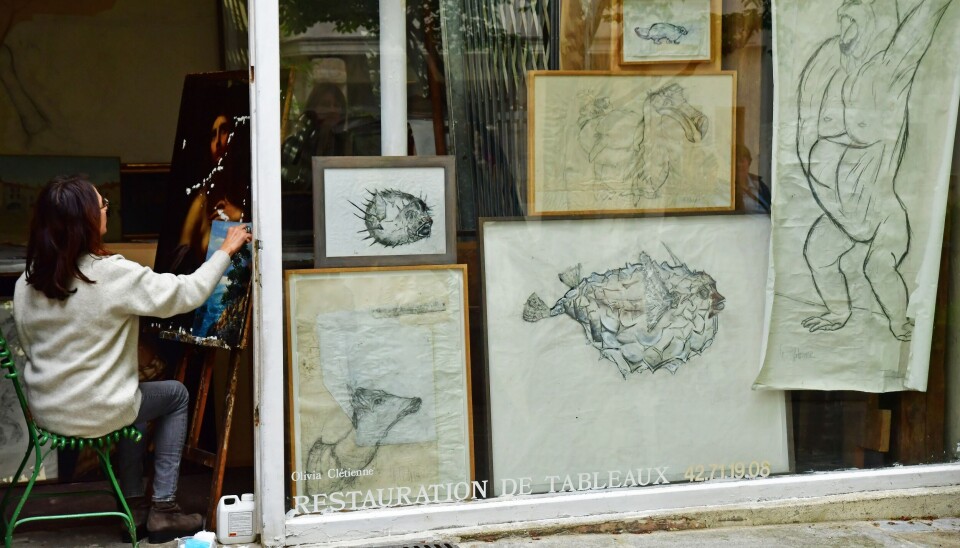
One brasserie has put the emphasis on the rather uncharted territory, calling itself Bistrot Caché (Hidden bistrot.)

Cathy Abt, manager of the restaurant La petite maison dans la cour (Little house in the courtyard), often struggles to attract clients on weekdays, since very few people chance upon or wander around the courtyards.
Weekends and the summer season are better, she said. “There is a bit of an entre-soi atmosphere with everybody staying in their own bubble,” she said, highlighting the downside of the area.
Despite being previously unaware of the village, as Parisians Mr Schrepfer and Ms Abt benefit from competitive rents, since spaces are owned by the Régie Immobilière de la Ville de Paris, a public-housing agency maintaining affordable housing.
As a result, they seized the opportunity to install their businesses there.
“I do not see the appeal in moving to a building on Boulevard Sébastopol,” said Mr Schrepfer.
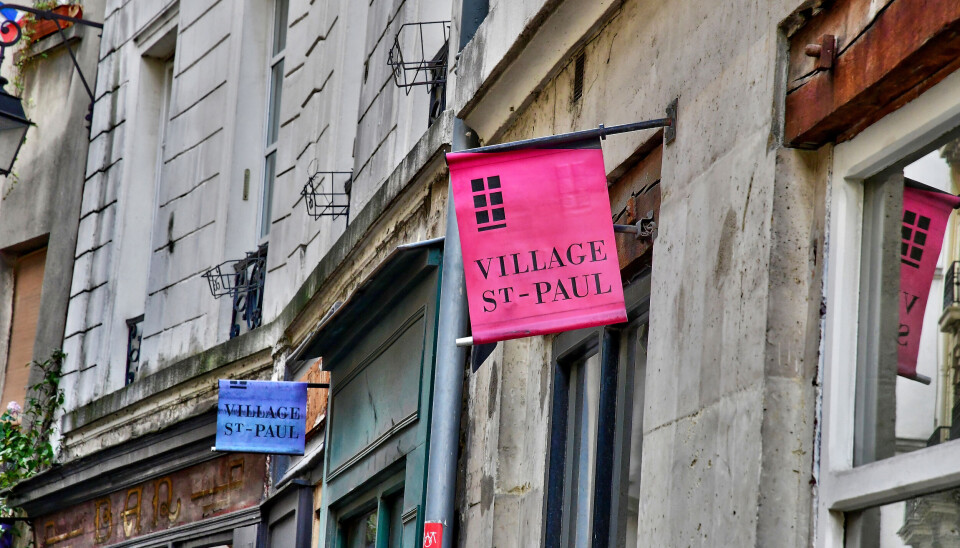
Related articles
Plans finalised to ban cars from narrow streets of Montmartre in Paris
Meet the woman who inspired Netflix’s 'Emily in Paris'
‘France’s favourite village’: See 14 contenders for this year’s vote
























